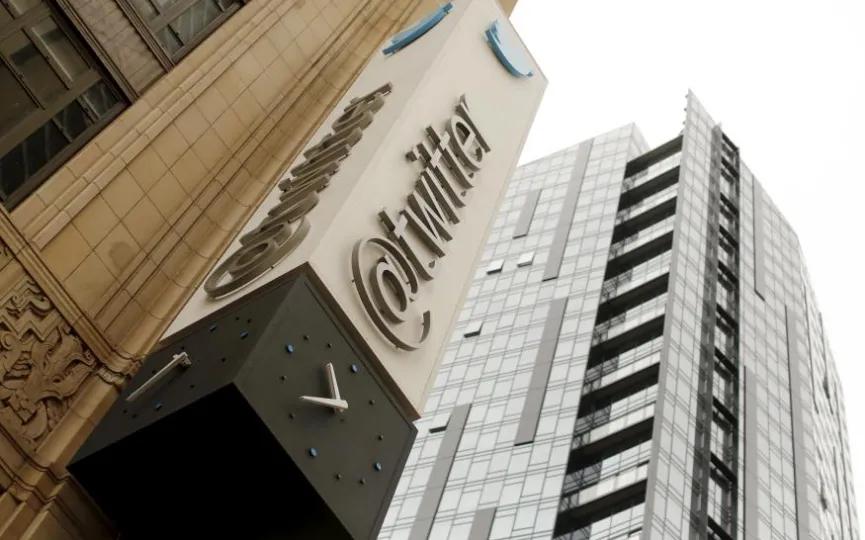Twitter Starts to Compensate Content Creators
Twitter has officially launched its ad-revenue sharing program for creators, and it has already started paying eligible Blue subscribers. The initiative was announced by Elon Musk in February, but there were limited details on how it would operate, leaving everyone uncertain. However, today, some prominent users have received notifications about incoming deposits, with one user stating they are expected to receive more than $24,000. The rewards are determined by ads in responses to eligible users’ content.
The program incentivizes content creators who contribute popular content that drives ads — rewarding accounts that help Twitter monetize (while driving new Blue subscriptions). “This means that content creators can receive a share of advertising revenue starting with replies to their posts,” Twitter’s guidance article published today says. “This is part of our effort to help people make a living directly on Twitter.” Musk tweeted today that the gains “are cumulative since I promised to do so in February.”
Twitter just paid me almost $25,000. pic.twitter.com/oIJ2Ycymzb
— Brian Krassenstein (@krassenstein) July 13, 2023
However, the bar is high to receive a transfer from the social media company owned by Musk. The support message states that the revenue sharing system applies to Twitter Blue or Verified Organizations subscribers who have at least five million post impressions in each of the last three months. They must also pass human verification and adhere to the company’s content provider subscription policies. Twitter then pays eligible users using a Stripe account. The company says it will soon launch the application process, which can be found under the Marketing section of the account settings.
The goal of the change is to make Twitter a more attractive platform for content creators. It’s perhaps no coincidence that the program arrived about a week after Meta launched its Twitter competitor Threads, which didn’t take long to gain traction—more than 100 million users in its first five days. That’s higher than previous record holders ChatGPT and TikTok.




